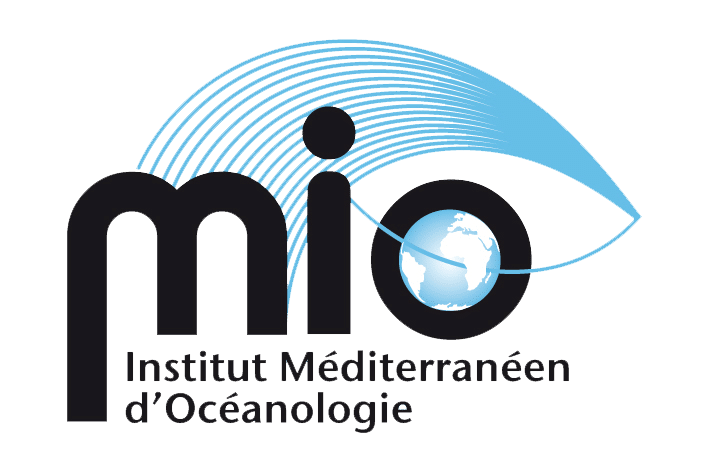As part of the IRD's South-South exchange programmes, Dr Madi Guirema ABAKER is currently spending 2 months in France. LABOMARinstitute of the Federal University of Ceara. This exchange is part of JEAI PRO2GMA to develop research and scientific exchanges on mangroves and the impact of man and climate change on these ecosystems in Africa.
But there is also the desire to promote exchanges and projects between Africa and Brazil on the subject of wet and anthropised coastal zones. From the start of his stay, accompanied by Dr Stéphane MOUNIER, and as part of theINCT-TMOCEANDr Madi ABAKER was able to take part in a sampling campaign in the Parnaïba Delta with the LABOMAR. Spatial and temporal samples were taken to quantify the flow of organic matter and metals during the rainy season.
During his stay, Dr ABAKER will study and train in protocols for measuring mercury (Hg) and metals in mangrove sediments using AAS spectroscopy.
In the run-up to the trip, the LARME of theUSTMhas taken hair samples from the student population to determine the Hg content and take stock of the situation in Gabon with regard to exposure to this metal, which is generally propagated by gold-panning activities. These results will be measured and used in conjunction with Prof. Drude de LACERDA from LABOMARa specialist in environmental mercury.
In addition to the laboratory activities, a presentation of the activities of the LARME and theUSTM to members of the LABOMAR. A meeting with the IRD representative in Brazil is also planned for early June to discuss the possibilities of IRD tools for strengthening exchanges and joint work between Brazil and Gabon.
The MIO through the JEAI PRO2GMAIn addition to its activities in the South and the hosting of doctoral and post-doctoral students, the Centre contributes fully to the development and exchange of research on coastal zones in the southern countries of Gabon and Brazil.
During this mission, funded by the INCT-OCEANRadon measurements were carried out using the MIO RAD7 deployed by Dr Virginie SANIAL. The RAD7 is used to measure the content of radon dissolved in water, the concentration of which is related to the contact time of the water with the rock or sediment. This is the second time that the RAD7 has been deployed in the mangroves of Brazil, the first time being in the Jaguaribe estuary in 2023 as part of Dr Christophe Le POUPON's Southern action, with co-funding from the European Union. CAPES-COFECUB and INCT-TMOCEAN.




